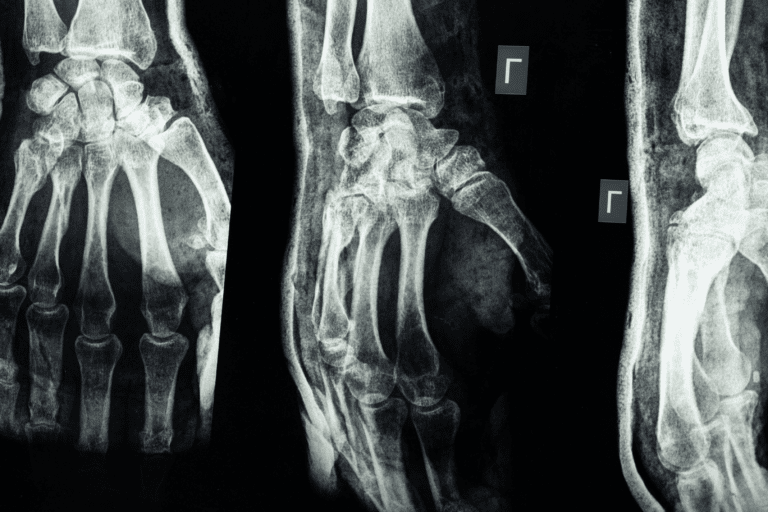How much are you worth, really? Traditional bank statements tell you that your assets minus your liabilities determine your net worth. The workforce places a value on your life conveyed by the salary you earn. According to this Bloomberg article, the government has all sorts of ways to determine human life value (spoiler: it’s about $10 million).
Most of us have been trying to increase our worth by subscribing to the same narrative, “go to school, get a good job, save for retirement, and avoid debt like the plague.” Rich Dad, Poor Dad author Richard Kiyosaki has a different approach to the traditional narrative. He wrote, “Invest for cash flow, not a nest egg.”
Kiyosaki believes that assets should put money in your pocket now, not be locked up where you can’t access them. When you own assets that provide cash flow, that cash flow can be used to pay your expenses. The result is financial independence. To maximize these types of investments, you’ll need to use a financial statement you won’t find at a traditional bank or from your average financial advisor.
The Human Capital Statement
To maximize your cash flow investments, you need to rethink human life value and account for it in your financial statements. A financial statement is simply a tool of measurement. The Human Capital Statement is the measure of your behavior.
The Human Capital Statement will reshape the way you determine human life value—specifically your own life. Here’s how it works:
Income = Value You Have Provided to Someone Else
Expenses = Recognition of Value Someone Else Provides You
Assets = Your Experience, Talents, Training, and Certifications
Liabilities = Things You’re Not Good at
Money is nothing more than the receipt of value. The fact that you make money signifies the value of your life. Your willingness to pay someone proves their life also has value. When you use The Human Capital Statement to determine the value of human life, you begin to see that the assets that produce cash flow and value are your experience, talents, training, and certifications. Liabilities are things you’re not good at or dislike doing, but recognize they are the assets of someone else.
Human Life Value and How It Grows
To increase the value of your life, you have to become more valuable. You have to invest in your human capital assets. Focusing on professional and personal development will maximize your earning potential. Increase your training. Earn new certifications. Specialize in areas you excel. Add to your experience. All these achievements will increase your earned income because they increase your value.
“Try not to become a man of success, but rather try to become a man of value.”
–Albert Einstein
The value of human life is stunted by the idea of “arrival.” When you think you’ve arrived, or achieved success, you’re equivalently saying that you can grow no further. That you have maximized your worth.
Your intelligence and talents are not fixed traits. You weren’t born as smart and talented as you are today; you had to learn everything you know now. This is proof that you can continue to increase your intelligence and grow your talents. It’s proof you can continue to increase the value of your life.
When you’re open to developing your abilities, the value of your life becomes limitless. It doesn’t matter what you do, so long as it motivates you and you’re passionate about it. When you invest in yourself before you invest in anything else, focusing on your strengths and what brings enjoyment to your life, you become your greatest asset with endless opportunities for increased cash flow. Establishing a healthy Human Capital Statement is the first step on a path toward financial freedom. To learn more, access Paradigm Life’s free virtual course on The Perpetual Wealth Strategy and your Human Capital Statement.







